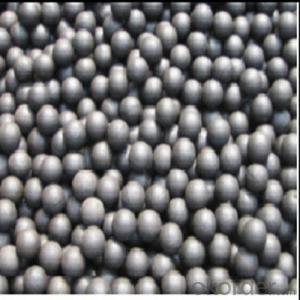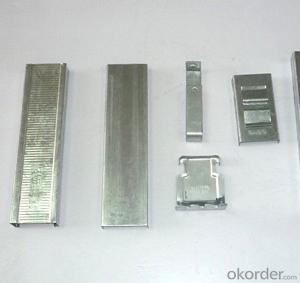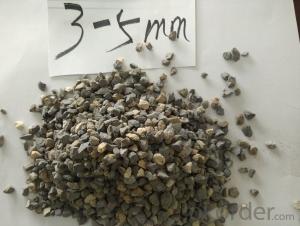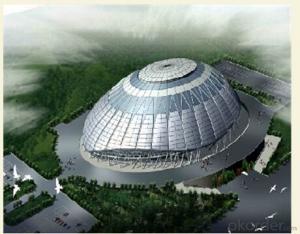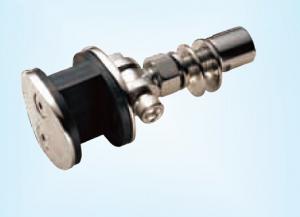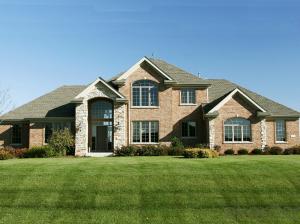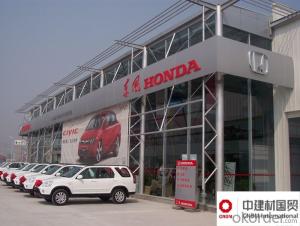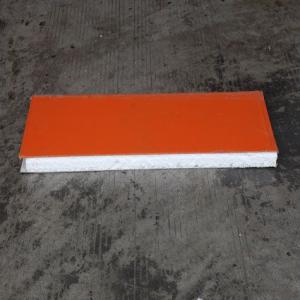Splice In Steel Structure
Splice In Steel Structure Related Searches
Best Paint For Stainless Steel Blanket Insulation For Steel Buildings Primer For Galvanized Steel Foam Filter For Stainless Steel H S Code For Stainless Steel Surface Grinding Wheels For Stainless Steel Surface Grinding Wheels For Hardened Steel Hole Saw For Stainless Steel Paint For Stainless Steel Stainless Steel For BbqHot Searches
Steel Mesh Panels For Sale Price For Stainless Steel Scrap Scrap Price For Stainless Steel Price For Stainless Steel Stainless Steel Tank For Sale Stainless Steel Sheets For Sale Cheap High Tea Sets For Sale Stainless Steel Tanks For Sale Stainless Steel For Sale High Density Fiberboard For Sale Solar Hot Water Collectors For Sale Scaffolding For Sale In Uae Scaffolding For Sale In Ireland Scaffolding For Sale In Houston Type Of Inverter For Solar Price Of Shipping Containers For Sale Types Of Inverter For Solar Stock Price For Aluminum Used Solar Inverter For Sale Steel Mesh Panels For SaleSplice In Steel Structure Supplier & Manufacturer from China
Okorder.com is a professional Splice In Steel Structure supplier & manufacturer, offers integrated one-stop services including real-time quoting and online cargo tracking. We are funded by CNBM Group, a Fortune 500 enterprise and the largest Splice In Steel Structure firm in China.Hot Products
FAQ
- Due to their strength, durability, and versatility, steel structures are commonly employed in the construction of cinemas. Steel proves to be an excellent material for constructing spacious cinema auditoriums, as it can handle heavy loads and span long distances without the need for obstructive columns or supports that might impede the view of the screen. The cinema building's skeleton is often formed using steel frames, which create a robust and stable structure capable of withstanding external forces like wind and earthquakes. The steel beams and columns are meticulously designed and engineered to ensure that the roof, walls, and other components can be safely supported. Not only is steel utilized in the main structure, but it also finds its way into various other cinema elements. For instance, steel is frequently employed in the framing of cinema screens, providing a rigid and stable surface for movie projection. Additionally, steel is used in constructing staircases, balconies, handrails, and other architectural features within the cinema. Furthermore, steel is an environmentally friendly and sustainable choice for cinema construction. As a recyclable material, steel aids in reducing the building's overall carbon footprint. Moreover, steel structures can be prefabricated off-site, thereby reducing construction time and minimizing disruption to the surrounding area. In conclusion, the construction of cinemas heavily relies on steel structures, which provide a sturdy, long-lasting, and adaptable framework that can cater to the unique requirements of these entertainment venues.
- Steel structures are designed for different landscaping systems by considering factors such as load capacity, aesthetics, and functionality. The design process involves assessing the specific requirements of the landscaping system, determining the appropriate size and shape of the steel structure, and ensuring it can withstand the anticipated loads and environmental conditions. Additionally, the design may incorporate elements such as coatings or finishes to enhance the structure's durability and blend harmoniously with the surrounding landscape.
- There are several advantages to using steel structures in residential buildings. Firstly, steel is incredibly strong and durable, making it ideal for withstanding extreme weather conditions and natural disasters. Additionally, steel structures are highly resistant to pests, such as termites, which can cause significant damage to traditional wooden structures. Steel is also a non-combustible material, providing a higher level of fire safety compared to other building materials. Furthermore, steel structures are lightweight and can be prefabricated off-site, allowing for faster construction times and reduced labor costs. Overall, the use of steel in residential buildings offers increased safety, longevity, and efficiency.
- Steel structures are commonly used in parking structures due to their high strength, durability, and versatility. These structures provide a safe and efficient way to accommodate a large number of vehicles in a limited space. Steel is the preferred material for parking structures because it has a high strength-to-weight ratio, meaning it can support heavy loads without being excessively bulky. This allows for the construction of multi-level parking garages that can accommodate a large number of cars. Additionally, steel structures can be designed to be flexible, allowing for future expansion or reconfiguration if needed. One of the key advantages of steel structures in parking facilities is their durability. Steel is highly resistant to corrosion, which is essential in an environment where vehicles are constantly exposed to moisture and other potentially corrosive substances. This durability ensures that the structure will have a long lifespan and require minimal maintenance. Steel structures also offer a high level of design flexibility. They can be designed to include large open spaces without the need for columns, allowing for efficient traffic flow and ease of parking. These open spaces can also be utilized for additional amenities such as retail spaces or recreational areas. Moreover, steel structures can be easily customized to meet specific design requirements, allowing for unique architectural features and aesthetics. In addition to their strength and durability, steel structures also offer environmental benefits. Steel is a highly recyclable material, and using it in construction reduces the demand for new raw materials. Furthermore, steel structures can be designed to incorporate sustainable features such as energy-efficient lighting systems and rainwater harvesting systems, further reducing the environmental impact of parking facilities. In conclusion, steel structures are widely used in parking structures due to their high strength, durability, versatility, and environmental benefits. They provide a safe and efficient solution for accommodating a large number of vehicles in a limited space while offering design flexibility and customization options.
- In a structure, there are several different types of steel stairs that can be used. These include: 1. Straight stairs: This is the most common type of steel stairs, where the steps run in a straight line from top to bottom. They are simple in design and are often used in residential or commercial buildings. 2. L-shaped stairs: These stairs have a landing at a 90-degree angle, forming an L shape. They are ideal for spaces with limited room or for creating a visual break in staircases. 3. U-shaped stairs: U-shaped stairs have two flights of stairs that turn 180 degrees, creating a U shape. They are commonly used in larger buildings or homes with multiple levels. 4. Spiral stairs: Spiral stairs are compact and take up less space compared to other types. They have a central column and steps that curve around it. They can be visually appealing and are often used in homes or buildings with limited space. 5. Floating stairs: Also known as cantilever stairs, these stairs appear to be floating without any visible support. They are achieved by attaching the steps to a hidden steel frame or a wall, giving a sleek and modern look. 6. Industrial stairs: Industrial stairs are designed to be sturdy and durable, suitable for heavy-duty use in industrial or commercial settings. They often have open risers and non-slip treads for safety. 7. Fire escape stairs: These stairs are specifically designed as emergency exits in case of a fire or other emergencies. They are usually located on the exterior of buildings and are made to be easily accessible and safe in emergency situations. Each type of steel stair has its own advantages and is chosen based on the specific requirements of the structure and its intended use. Factors such as space availability, design aesthetic, safety regulations, and budget considerations are taken into account when selecting the appropriate type of steel stairs for a structure.
- What do we call a steel rivet in the hippocampus? What's the difference between them?
- In the pull nail called steel nails, hippocampus Le Ke (some place called rivet, hippocampus nail, rivet light music) is a unique metal link structure, riveting high strength fasteners, which belongs to the new. The utility model has good filling hole performance, good air tightness and high riveting strength. The utility model is suitable for riveting fields with high surface requirements, high riveting strength and requirements for sealing performance.
- Design considerations for steel structures in extreme weather conditions include: 1. Structural stability: The design must ensure that the steel structure can withstand high winds, heavy snow loads, and seismic activity. This involves proper sizing of members, connections, and bracing systems to prevent excessive deformation or failure. 2. Corrosion protection: Steel structures in extreme weather conditions are often exposed to moisture, salt, and other corrosive elements. Adequate measures such as galvanization, painting, or applying protective coatings should be taken to prevent rust and ensure the longevity of the structure. 3. Thermal expansion and contraction: Extreme temperature variations can cause steel to expand or contract significantly. Proper detailing and provision for thermal movement must be incorporated into the design to avoid structural damage or failure. 4. Wind resistance: In areas prone to hurricanes or high wind speeds, steel structures need to be designed to resist uplift forces, lateral loads, and vortex shedding. This may involve using aerodynamic shapes, bracing systems, or wind-resistant connections. 5. Snow load considerations: Steel structures in regions with heavy snowfall need to account for the weight of accumulated snow. The design should ensure adequate strength and stiffness to support the loads and prevent excessive deflection or collapse. 6. Foundation design: Extreme weather conditions can affect the soil stability and load-bearing capacity of the foundation. The design must consider factors such as frost heave, soil erosion, or liquefaction to ensure a stable foundation for the steel structure. 7. Fire resistance: Extreme heat or wildfires can pose a significant risk to steel structures. Fire-resistant coatings, fireproofing materials, or incorporating fire-resistant design features are essential to protect the structure and ensure occupant safety. Overall, the design of steel structures in extreme weather conditions requires a comprehensive understanding of the local climate, environmental factors, and the behavior of steel under different loads and conditions.
- The factors to consider when determining the size of a steel structure include the intended use and function of the structure, the load it will need to bear, the environmental conditions it will be exposed to, the available space for construction, the budget constraints, and the structural design requirements and codes.







